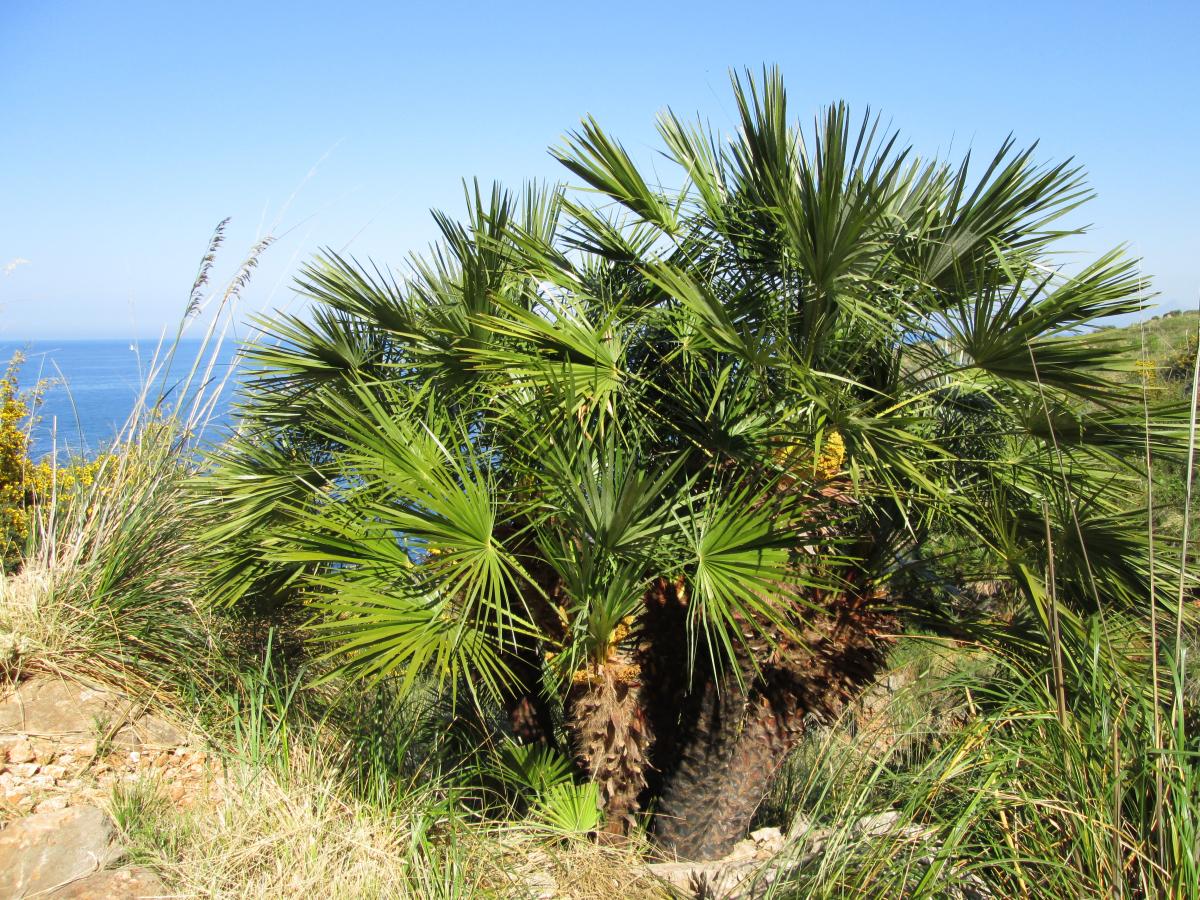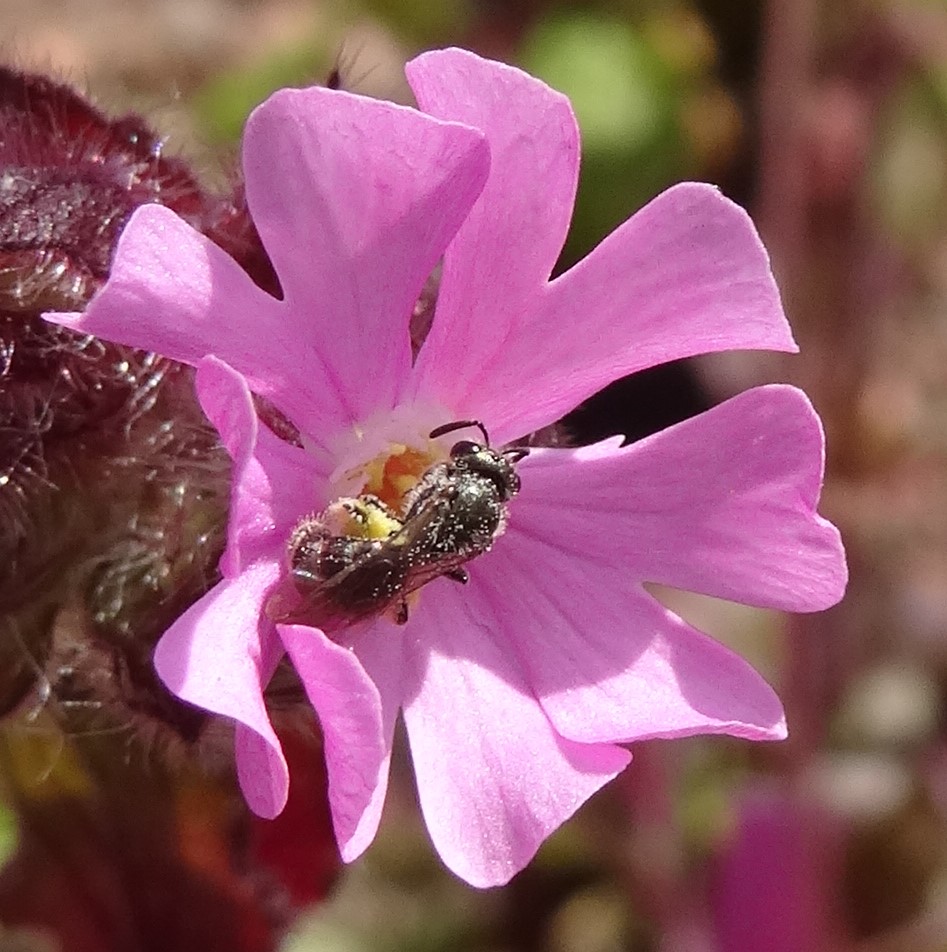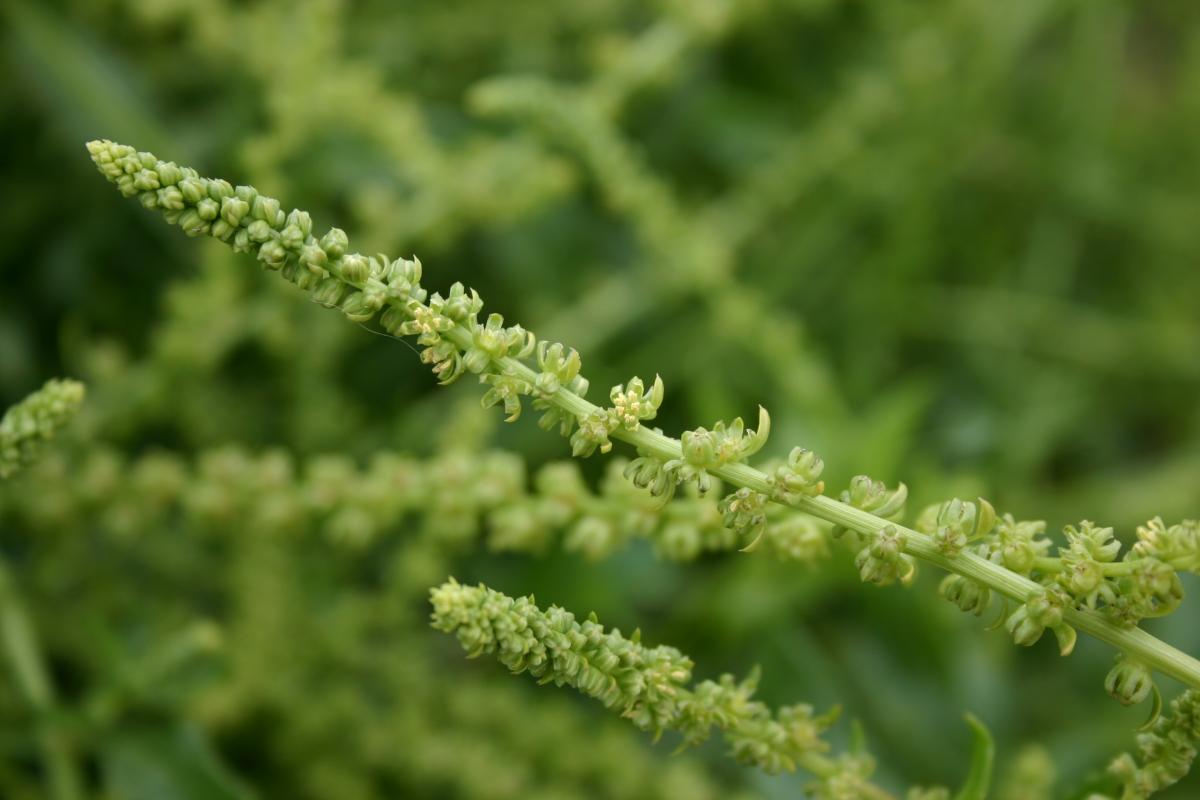Evolutionary ecology and genetics across different scales
Members:
Researchers:
Technical staff:
Post-docs:
PhD students
Masters
(A few) past members:
- Sylvain Bertrand (Master 2; 2016)
- Astrid de Mestier (Master 2, 2016)
- Léa Lateur (Master 1, 2016)
- Amandine Delcorral (Master 1, 2016)
- Diala Abu Awad (PhD 2014)
- Emmanuelle Billard (teaching post-doc 2008-2009)
- Roxane Delle-Vedove (teaching post-doc 2012-2014)
- Antoine Dornier (teaching post-doc 2010-2011)
- Laetitia Husse (Master 2, 2011)
- Emna Lahiani (thèse 2013)
- Pierre Lepercq (Master 2, 2012)
- Céline Van de Paer (Master 2, 2015)
Research topics
We work in population ecology with a particular interest for plant reproductive systems. We study the potential impact of indicidual interactions (among individuals from the same populations, among species, as for instance plant-pollinator interactions) on the evolution of reproductive strategies and on population stability.
1. Evolution of reproductive systems:
- Evolution of unisexuality: which ecological and genetic factors allow unisexual individuals (which transmit their genes through one sexual function instead of two) to be maintained in competition with hermaphroditic individuals ? Students and post-docs : Emmanuelle Billard, Emna Lahiani, Sylvain Bertrand, Amandine Del Corral
- Evolution of selfing vs. outcrossing and of self-incompatiblity : when should selfing vs. outcrossing evolve ? In which conditions does a self-incompatibility system with only two groups evolve and remain stable?
- How reproductive traits interact with each others ? How self-incompatibility affect the evolution of gynodioecy, androdioecy and polygamy ? How does the selfing rate impact the dynamics of gynodioecy ? Students and post-docs : Antoine Dornier, Pierre Lepercq, Laetitia Husse, Celine Van de Paer, Sylvain Bertrand
2. Impact of interactions on reproductive strategies and population stability :
- Mating system and plants – pollinators interactions: how does the selfing rate influence populations dynamics of plants and pollinators ? How does the interaction with one or several pollinator species impact the evolution of selfing ? Students and post-docs : Clotilde Lepers
- Dioecy and pollination: is pollination less efficient in dioecious species ? How does the interaction with pollinators affect the evolution of sexual dimorphisme in a plant species ? Is sexual dimorphism a risk for population stability ? Students and post-docs : Diala Abu Awad, Clotilde Lepers, Léa Lateur, Astrid de Mestier
- Reproductive system and population stability : how does the mating system affect the mutation load and fixation probability of deleterious mutations ? what consequences for population viability ? How important is the step of the life cycle at which selection/mutation/densitt dependence occurs ? Students and post-docs : Diala Abu Awad
- Habitat framgentation, S-Allee effect and resilience of self-incompatibility systems : does self-incompatibility represent a danger for the dynamics of small populations?
- Horizontal transfer of information and evolutionary dynamics : how can costly plasmids and endosymbionts be maintained ? how does social transmission of information affect the dynamics of diseases ? Students and post-docs : Marina Voinson
Approaches :
- theory studies: analytical modelling and simulations (population genetics, population dynamics, adaptive dynamics, phenotycal models)
- empirical studies : population genetics, population biology, pollination biol chemical ecology
Study species
androdioecious species : Phyllirea angustifolia, Fraxinus ornus
dioecious species : Chamaerops humilis, Silene dioica


gynodioecious species: Silene nutans, Beta vulgaris ssp. maritima


hermaphroditic (and self-incompatible) species : Biscutella neustriaca, Arabidopsis halleri, Ligustrum vulgare, Olea europea
polygamous species: Fraxinus excelsior
crédits photos: Isabelle De Cauwer, Léa Lateur, Emna Lahiani, Mathilde Dufaÿ

